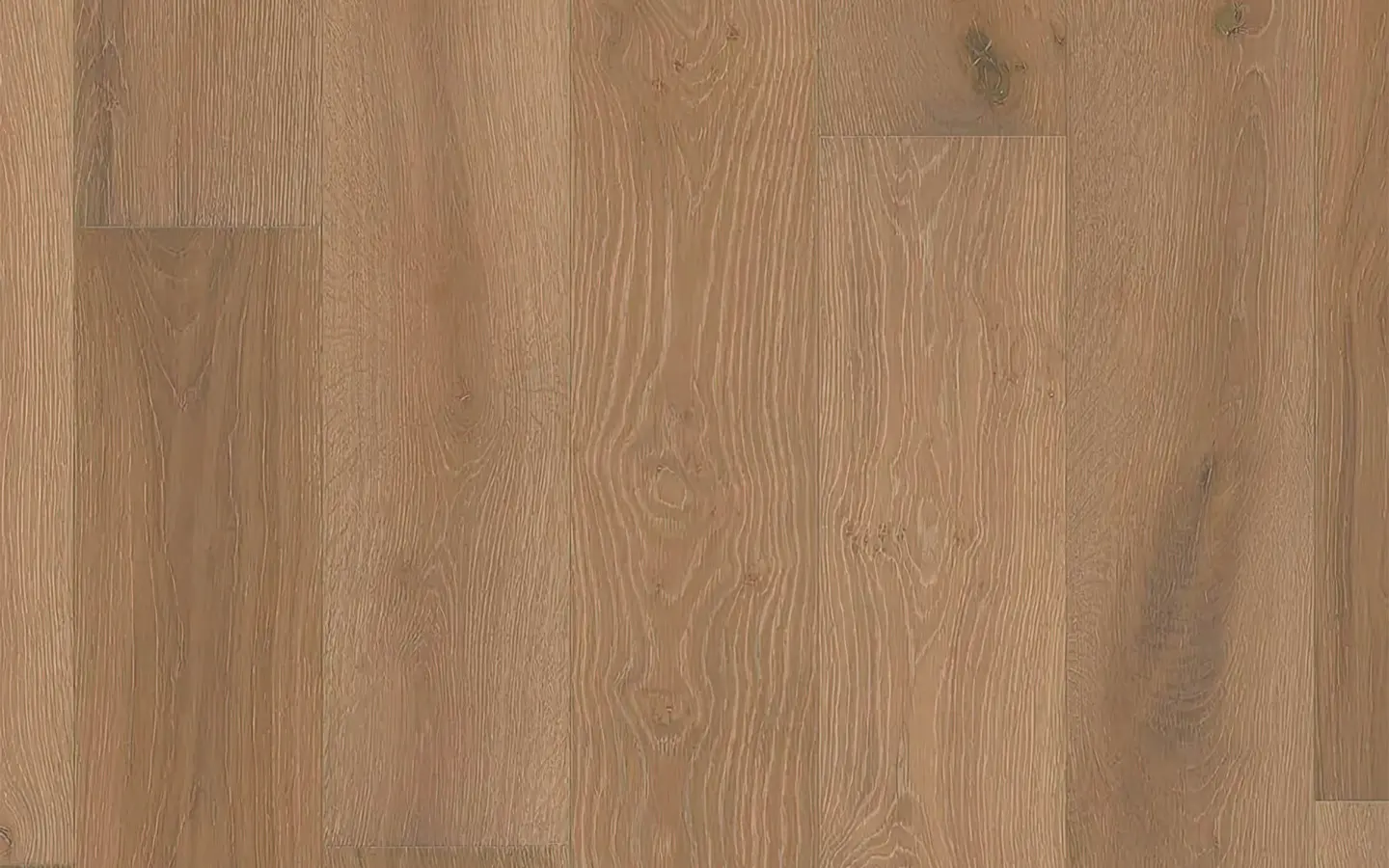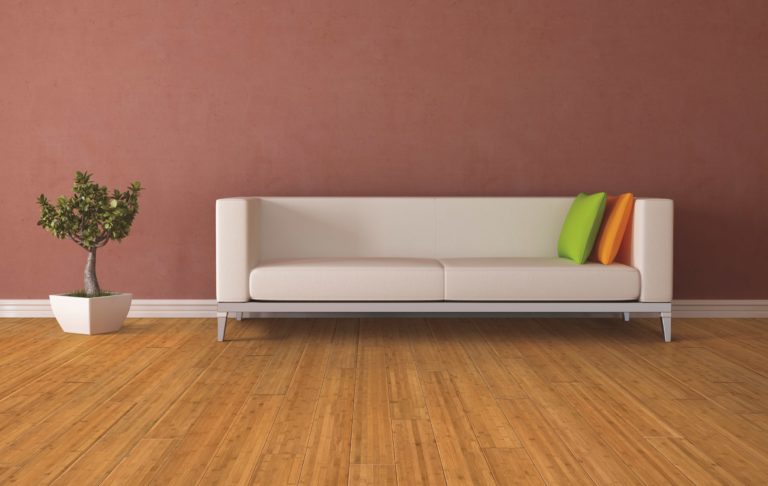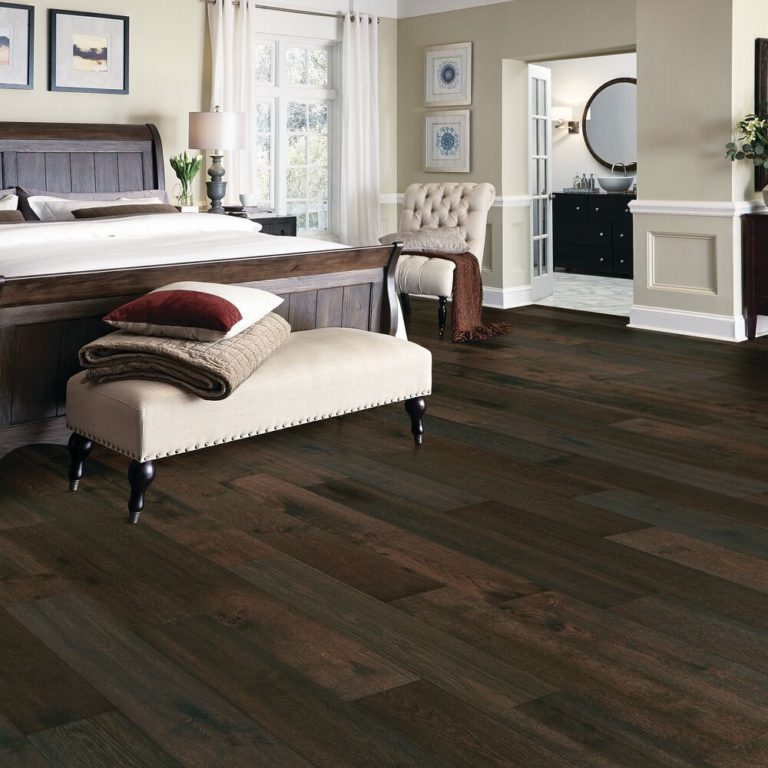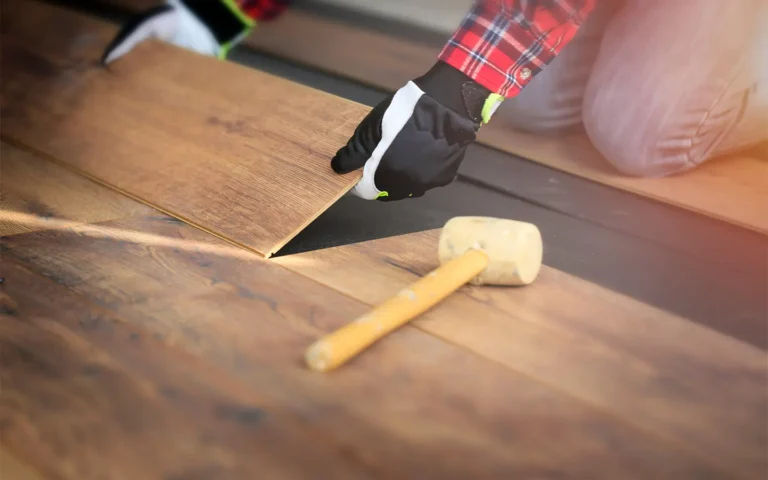Let’s cut to the chase. You’re standing there with a fresh box of vinyl planks, ready to transform a room. It’s not just about unboxing and starting; it’s about laying those planks in a way that truly brings out the best in your space. Whether you’re a novice or you’ve been at this longer than you care to admit, figuring out the optimal direction for your planks can be puzzling. However, if you get it right, you elevate your room from “okay” to “wow.”
Why is it Important to Consider Which Direction to Install Vinyl Plank Flooring?
Why should you care about the direction of your vinyl planks? It’s simple: the right layout can make a room feel larger, more intimate, or more cohesive, depending on your goals. It can accentuate natural light, making your space feel airy and vibrant throughout the day. It’s also about longevity; aligning planks with the structure of your home can prevent issues down the line. And let’s not forget the impact on your overall decor—complementary flooring can tie a room together like nothing else.
Things to Consider When Choosing Direction
Alright, let’s dive into the meat of the matter. When it comes to laying down those vinyl planks, it’s not just a matter of peeling and sticking or clicking them together. There are a few things you’ll want to keep in mind to make sure the end result is something you’ll be chuffed with every time you walk into the room.
Room shape and size
First up, let’s talk about the space you’re working with. The direction in which you lay your planks can seriously change how a room feels. Lay them lengthwise, and you’ll make the room seem longer, kind of stretching it out. Go the other way, and you can make it feel wider and more open. It’s a bit like an optical illusion, really. So take a good look at your room and decide what kind of magic you want to work with those planks.
Light source
Now, onto the lighting. Ever notice how the sun streaming through the window can light up a floor and make it glow? That’s what you want to capture. If you lay your planks parallel to the main light source, you’ll get this beautiful, consistent light across your floor, making the whole room feel warmer, more welcoming. It’s all about playing with light to make your space feel just right, not like you’re living in a cave.
Structural considerations
Here’s where we get a bit technical, but stick with me. The structure beneath your feet – the subfloor and joints – plays a big part in how you should lay those planks. Ideally, you want to go perpendicular to the joists. Why? Stability. It helps prevent the floor from sagging or bouncing over time. It’s not the most glamorous part of the job, but getting this right means you won’t be doing it again for a long time to come.
Best Brands of 2024
Doorways and transitions
The approach to doorways and where one type of flooring transitions to another is delicate part of this project. Generally, you’ll want to lay the planks perpendicular to the entrance or exit. Why? Because it creates a welcoming path into the room, drawing the eye forward and making the transition from one space to another feel natural. It’s like laying out a visual red carpet that guides you in.
Now, when you’ve got a wider doorway or an open-plan area, things can get a bit tricky. That’s where a transition piece comes handy. These pieces are not just functional, bridging the gap between different flooring types or directions, but they also offer a neat, finished look. They mark a clear but subtle boundary between spaces, which can be particularly handy in open floor plans where you want to define areas without walls.
Traffic flow
The path most traveled in a room also dictates a sensible direction for your vinyl planks. Laying the planks parallel to the main traffic flow does a couple of things. First, it creates a visual elongation of the space, making the journey through the room feel more direct and spacious. Second, it’s practical; planks laid in the direction of traffic are less likely to be a tripping hazard, as the edges align with the path of foot traffic.
In spaces that serve as a transition to a different area, like a mudroom or laundry room, you might switch things up. Here, laying planks perpendicular to the entrance to these areas can visually signal a change of space or function. It’s a subtle cue that you’re moving from one ‘zone’ of your home into another, which can be particularly effective in open-plan layouts where physical boundaries are minimized.
Aesthetic and design goals
Finally, let’s think about the look you’re going for. This is where you get to flex your creative muscles. Some folks want their floors to flow seamlessly from room to room, creating a sense of unity. Others are after a bit of contrast, something to make each room stand out on its own. There’s no right or wrong here; it’s all about what tickles your imagination. Just remember, the direction of your planks can complement your furniture, your decor, and the overall vibe you’re going for. So take a moment to think about the look you love and how your floor can help bring that to life.
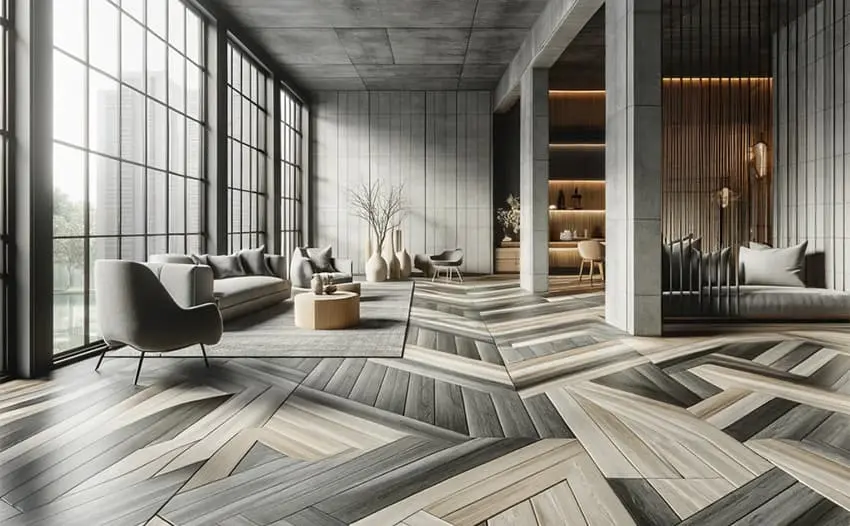
Frequently Asked Questions
Which direction to lay vinyl plank flooring in a small bathroom?
In a small bathroom, lay the vinyl planks parallel to the longest wall. This approach helps elongate the space, making it appear larger and more open.
Can I change the direction of the vinyl plank flooring between rooms?
Yes, changing the direction of vinyl plank flooring between rooms can define different areas and add visual interest. Use transition strips to ensure a smooth transition.
What’s the best plank direction for a narrow hallway?
Laying planks lengthwise in a narrow hallway can enhance the perception of depth, making the hallway appear longer and more spacious.
How does light influence the direction of vinyl plank flooring?
Align planks parallel to the main light source (like windows) to maximize the reflection of light, making the room brighter and more inviting.
Should vinyl plank direction be consistent throughout the house?
Consistency can unify spaces, but it’s not a must. Consider the function and shape of each room. Changing direction can highlight different zones or features.
Conclusion
All things considered, taking on the installation of your vinyl plank flooring is not just a DIY project; it’s a canvas for expression. By deciding to lay the flooring yourself, you’ve embraced the opportunity to imprint a part of yourself onto your space. It’s more than just following installation guides and choosing the right tools; it’s about making decisions that reflect your personality, your style, and your understanding of the space you call home.
From considering the direction that best complements your room’s shape and size to aligning planks with the natural flow of light and the structural integrity provided by joists, every choice you make adds a layer of personal touch. Doorways, transitions, and the natural path of foot traffic are not just practical aspects to ponder; they’re your chance to craft a floor that’s not only beautiful but also intuitively integrates with the rhythm of daily life.
About The Author

Courtney Daily
February 15, 2024
Courtney is a freelance writer who wears many other hats: kindergarten teacher by day, Broadway diva in the shower. She is a transplant Hoosier who originated in New England. When she isn't writing in her spare time, you will find her reading history books, arguing with her latest knitting project, or being beaten by her kids at most games.
